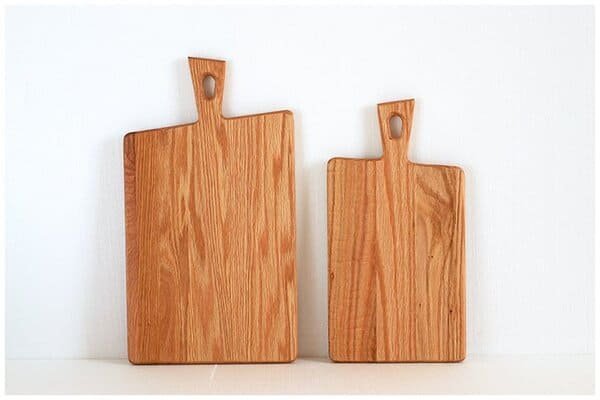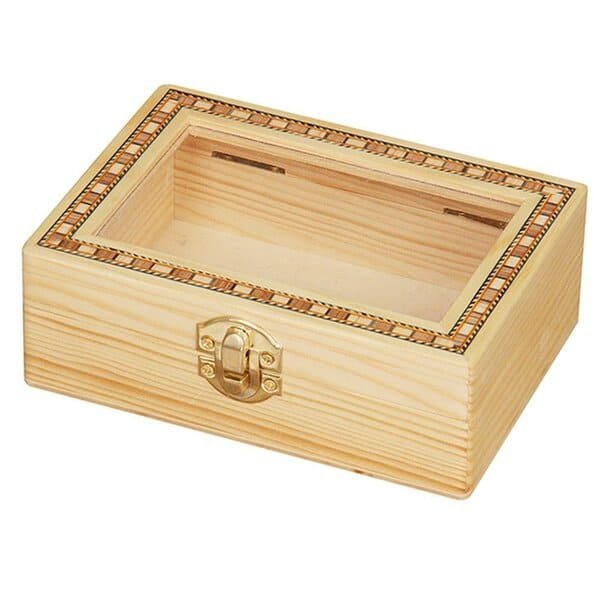
Choosing the right wood for your project is essential for quality and durability. Learn how to make the best choice.
Snippet paragraph: Selecting the right wood requires understanding its durability, appearance, and application. Here’s a guide to choosing wisely.
Ready to find the perfect wood? Let’s explore key factors in making an informed decision1.
How Do I Know What Wood Is Best?
Not all woods are created equal. Here’s how to identify the best one for your needs.
Snippet paragraph: The best wood depends on durability, workability, and appearance. Let’s dive into what to consider.

Understanding which wood is best requires balancing several factors: the wood’s strength, grain, and appearance. For construction purposes, consider woods like oak or pine2 for their durability. For furniture, woods like walnut or cherry3 provide beauty and longevity. Softwoods like pine are easier to work with, making them ideal for crafting or general construction. However, hardwoods are denser, more durable, and have a longer lifespan, especially for pieces that will be subject to wear.
Here’s a quick comparison table to help guide your selection:
| Wood Type | Durability | Common Use | Workability | Aesthetic Quality |
|---|---|---|---|---|
| Pine | Low | Furniture, construction | Easy to work with | Casual, rustic look |
| Oak | High | Flooring, furniture | Hard to work with | Elegant, textured look |
| Maple | Medium | Cabinets, furniture | Moderate workability | Smooth, fine-grain finish |
| Walnut | High | High-end furniture | Difficult to work with | Luxurious, dark tone |
Choosing wood for your project requires understanding these characteristics and matching them to your specific needs.
The Challenge of Balancing Strength and Aesthetic Appeal
While we often focus on the durability and strength of wood, aesthetics play a critical role. This is especially true in furniture making, where the grain and color contribute to the overall design. The choice between wood types, such as oak’s strength versus walnut’s elegance4, is often a trade-off. While both have their merits, understanding which characteristic matters more for your project will direct you toward the right wood.
| Wood Type | Strength | Aesthetic Appeal | Ideal Use |
|---|---|---|---|
| Oak | High | Rustic, textured | Flooring, cabinetry |
| Walnut | Medium | Rich, dark tone | Fine furniture, carving |
| Cherry | High | Warm, reddish | Furniture, high-end items |
Is strength always more important than aesthetics, or is it the other way around? The final choice often depends on the project’s purpose and the client’s needs.
What Are the Four Ways in Which Wood Is Used?
Wood is used in various industries. Let’s explore the four primary ways it's put to use.
Snippet paragraph: Wood is versatile, serving in construction, furniture making, paper production, and as fuel. Each use demands specific characteristics.

Wood serves multiple purposes depending on the industry and project at hand. Here are the four main ways wood is commonly used:
- Construction: In construction, wood is used for structural components like beams, framing, and support. Hardwoods like oak and softwoods like pine are common due to their strength and accessibility.
- Furniture: For furniture, wood is valued for its beauty and durability. High-quality woods like walnut and cherry are favored for their refined appearance, while softer woods like pine are used in lower-cost pieces.
- Paper: Wood pulp is a key component in paper production. Fast-growing trees like pine and spruce are typically used to meet the demand for paper products.
- Fuel: Wood also plays a crucial role in energy production, with hardwoods being preferred due to their high energy content. This is particularly important in regions where wood is used for heating and cooking.
Here’s a chart outlining the primary woods used in each application:
| Use | Wood Type | Characteristics |
|---|---|---|
| Construction | Pine, Fir, Oak | Strong, accessible |
| Furniture | Walnut, Maple, Cherry | Durable, aesthetic |
| Paper | Pine, Spruce | Softwood, fast-growing |
| Fuel | Oak, Maple, Birch | Dense, energy-efficient |
This table makes it clear that different industries prioritize different wood characteristics, and understanding these priorities helps you make the right selection.
Sustainability in Wood Use
While wood is highly versatile, its sustainability in each application is something that often gets overlooked. Using wood for fuel, for instance, raises concerns about deforestation, while paper production uses vast amounts of resources. However, when responsibly sourced, all these applications can minimize environmental harm. It’s critical to consider the source of your wood and the impact it will have on the environment.!
| Application | Sustainability Concern | Mitigation Strategy |
|---|---|---|
| Construction | Overharvesting | Use certified sustainable wood |
| Furniture | Deforestation | Choose FSC-certified or reclaimed wood |
| Paper | Pulp waste | Promote recycling, use recycled paper |
| Fuel | Carbon emissions | Opt for local, sustainable firewood |
By being conscious of these issues, you can make more informed choices and support environmentally responsible wood use.
What Are the Basis of Wood Selection?
Several key factors guide your wood selection. Let’s break them down.
Snippet paragraph: Strength, appearance, cost, and environmental impact should all be considered when selecting wood for any project.

When choosing the right wood, these criteria are crucial:
- Strength: Whether it’s for furniture or construction, the strength of the wood must align with its intended use. For example, oak is strong enough for structural purposes, while maple may be used for lighter, decorative work.
- Aesthetic Appeal: Wood provides unique beauty to a project. The grain, texture, and color of the wood should complement the design. Walnut and cherry, with their rich hues and smooth textures, are perfect for fine furniture.
- Workability: Some woods are easier to shape and carve, while others are dense and tough to handle. If you’re working with intricate designs or need precision, select a wood that’s easy to manipulate.
- Environmental Impact: Sustainable sourcing is important. Look for FSC-certified wood to ensure responsible harvesting practices. Avoid endangered wood species to protect natural resources.
- Cost: Finally, budget constraints play a role in wood selection. Softwoods like pine are affordable and suitable for a wide range of uses, while hardwoods can be more costly, but are often necessary for high-end projects.
| Factor | Important Consideration | Example Woods |
|---|---|---|
| Strength | Load-bearing applications | Oak, Maple, Birch |
| Aesthetic Appeal | Decorative projects | Walnut, Cherry, Mahogany |
| Workability | Craftsmanship | Pine, Cedar, Poplar |
| Environmental Impact | Sustainable sourcing | FSC-certified woods |
| Cost | Budget-friendly projects | Pine, Spruce, Fir |
By balancing these factors, you ensure that the selected wood fits both the function and aesthetic of your project.
Balancing Cost vs. Quality
Often, the decision comes down to balancing cost with quality. While cheaper woods like pine and fir can save money, they may not provide the same level of durability or aesthetic appeal as pricier options like walnut and maple. This balancing act is where experience and knowledge come in, as choosing the cheapest option may result in higher maintenance or early replacement costs down the road.
| Wood Type | Cost Range | Durability | Aesthetic Appeal | Ideal Use |
|---|---|---|---|---|
| Pine | Low | Moderate | Rustic, simple | Furniture, framing |
| Oak | Medium | High | Textured, elegant | Flooring, cabinetry |
| Walnut | High | High | Dark, luxurious | Fine furniture, carving |
| Maple | Medium | Medium | Smooth, refined | Cabinets, fine furniture |
Understanding the balance between cost and quality helps you make a more informed decision, ultimately ensuring that you don’t sacrifice long-term value for immediate savings.
Conclusion
Selecting the right wood is a blend of purpose, aesthetics, and environmental awareness. Consider all factors to make the best choice.
-
Discover essential tips for selecting the best wood for your project, including durability, appearance, and intended use. ↩
-
Learn why oak and pine are favored for their strength, affordability, and availability in construction work. ↩
-
Explore the aesthetic qualities and durability of walnut and cherry wood for long-lasting furniture. ↩
-
Compare oak's durability with walnut's elegance to find the ideal balance for your furniture project. ↩

